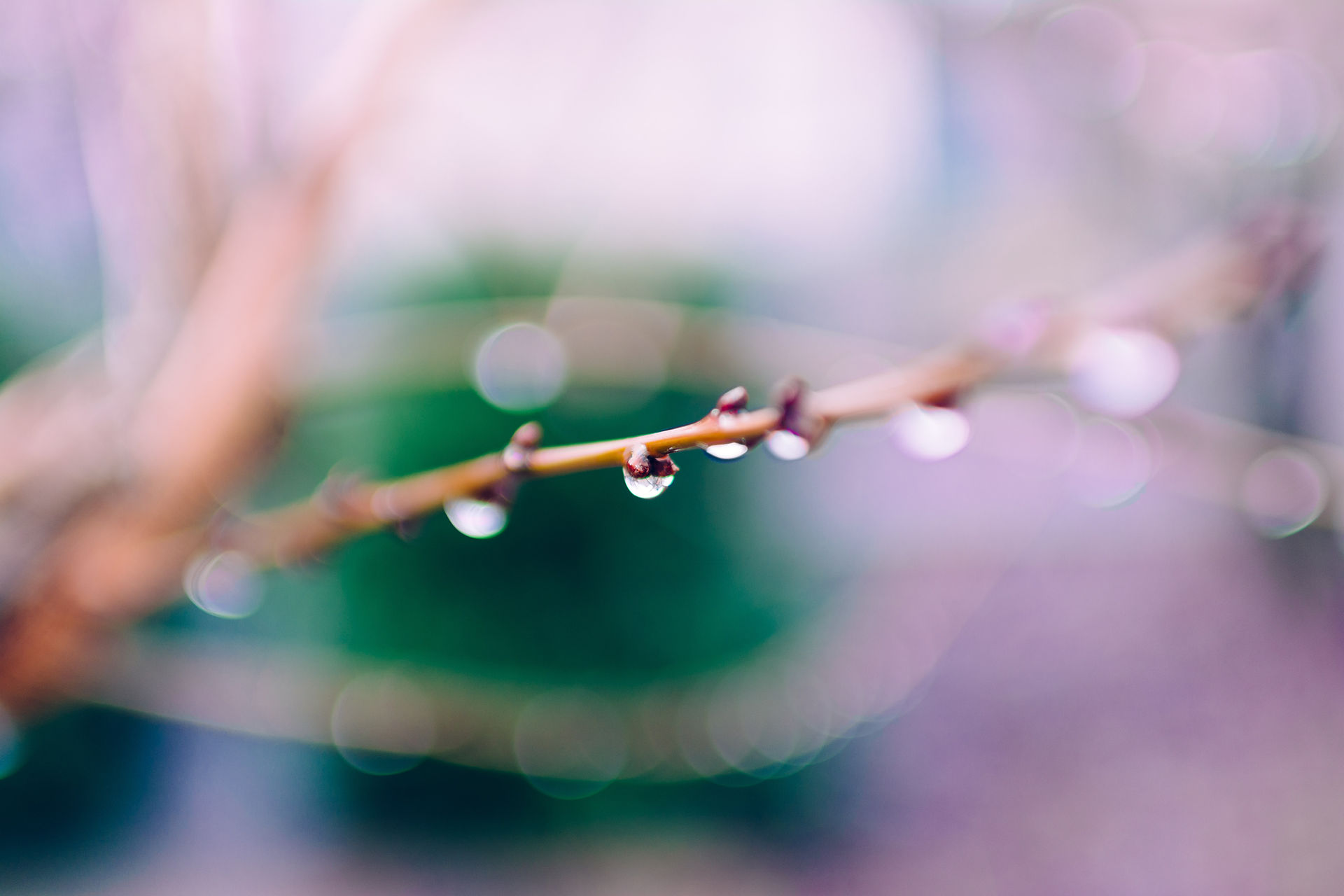
Southam Produce Association
February

Overview
We get a glimpse of the early signs of the arrival of Spring this month. The soil begins to warm up around the middle of February and we can see for the first time this year the buds beginning to swell on fruit trees and bushes. Overwintering vegetables begin to look less sorry for themselves and they start to produce new growth. These are the signals that it is now safe to think about sowing a row of early, peas and broad beans using a hardy cultivar. It is too late to sow the broad bean ‘Aquadulce’ it is only really suitable for growing overwinter.
Planting & Sowing
After the middle of the month it is safe to think about sowing the seeds of early vegetables. Prepare a seed bed and sow ‘White Lisbon’ Spring onion, early short horn carrots, early types of lettuce, try a cut and come again it saves on time waiting for a heart to form. It may be too early to make a start in the colder areas of the country but try sowing of parsnip seed if you really want large roots but use a canker resistant cultivar.
February is the best month to plant out garlic and shallots. Prepare the ground as you would a seed bed and plant using a trowel don’t push the bulbs into the soil. Plant the garlic cloves about 2ins/5cms deep and leave the tips of the shallot bulbs just at the soil surface. The birds will pull one or two out leaving them lying on the ground. Replant them as soon as possible the birds will quickly lose interest.
Tasks
If you have finished all the major tasks, such as digging over, creating leafmould heaps etc you will not have a lot to do in February but if like most of us you are scrambling to keep up, this is your last chance before spring.
Double check the greenhouse, ensure the glass is firmly secured and replace any cracked panes etc. If you've not managed to give it a thorough clean, now is the time before it is pressed into service.
Check last year's potato bed for any volunteers (left over small potatoes) and remove them to avoid passing on disease problems and blight.
You're going to be using your pots and seed trays next, so this is a good opportunity to wash out and sterilise them so you seedlings will get off to the best possible start.
This years potato bed will benefit from a good application of compost or rotted manure that can be forked in or rotovated in to get them away.
You can cover soil with dark plastic sheeting, fleece or cloches to warm it up for a couple of weeks before you start to sow and plant.
Harvest
Leeks may well be standing ready but if a long freeze seems likely you can dig some up and heel them in to dug ground for easy access – unless we have deep snow!
Parsnips, turnips and swedes in the ground can come up when you are ready, cover with fleece or straw to stop them freezing solid into the ground.
The cabbage family should be providing some sustenance with early purple sprouting, kale and Brussels sprouts being available. Beet leaves (perpetual spinach) and chards will be available.